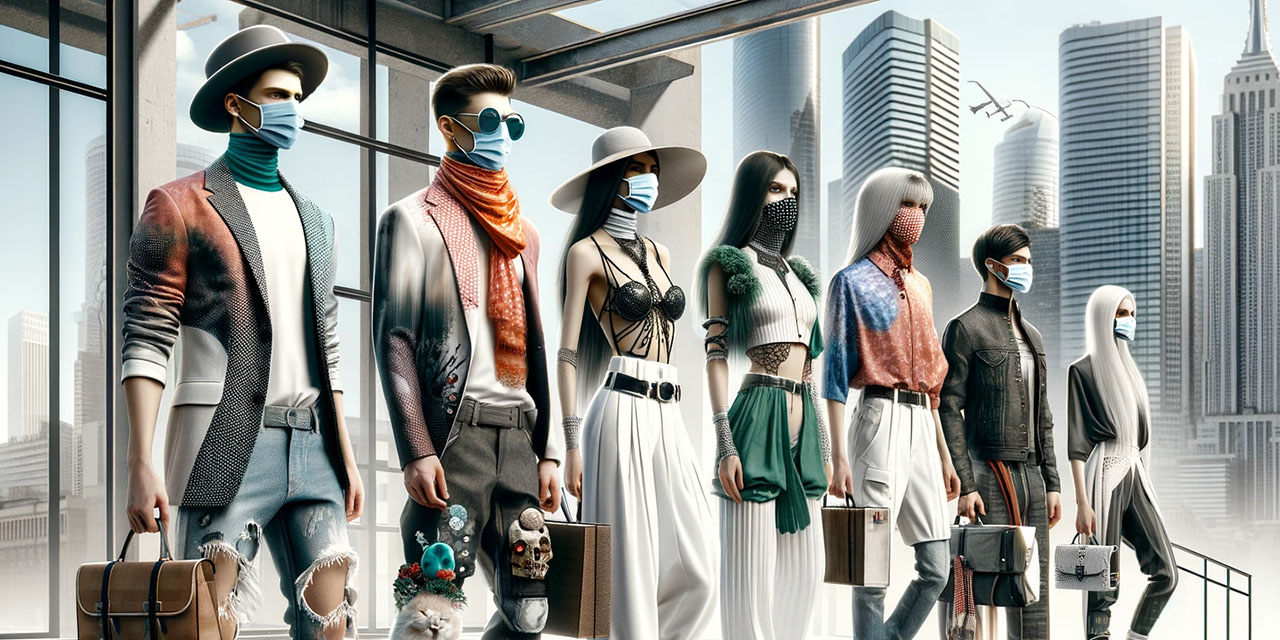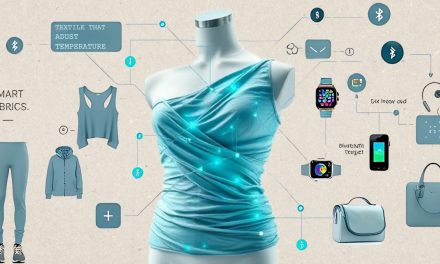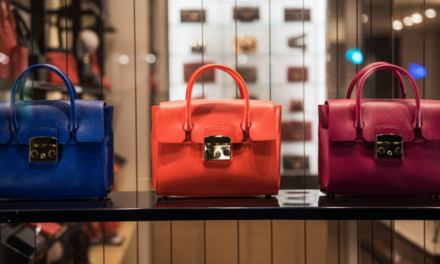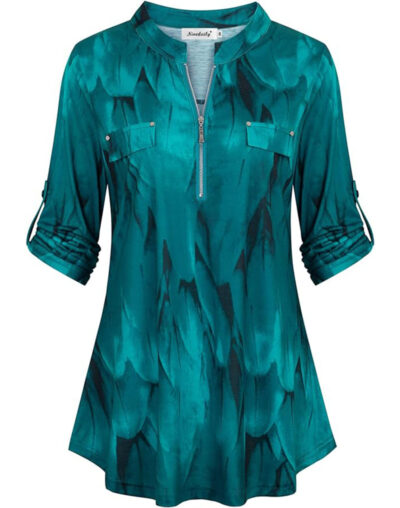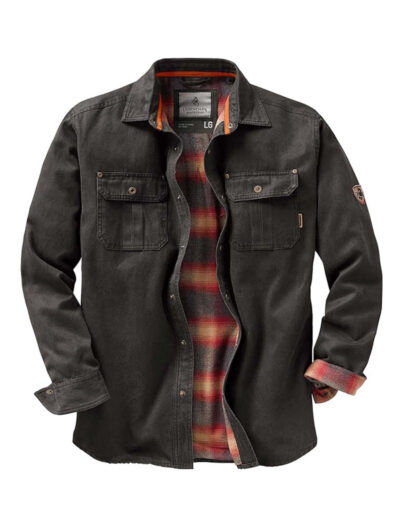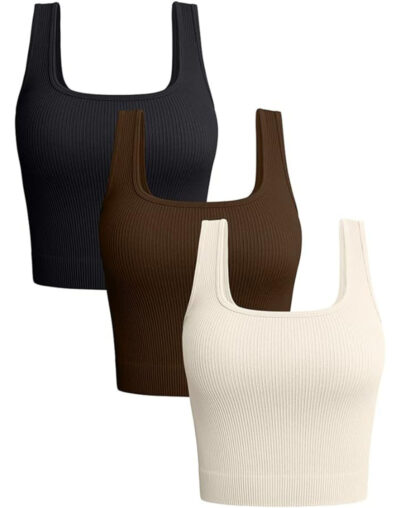The fashion industry has undergone a significant transformation after the global pandemic. This has led to a shift in trends, consumer behavior, and industry dynamics.
As we look toward the future, it is essential to understand the changes that have taken place. Specifically, we should examine the emerging trends and their potential impact on the fashion landscape in 2024.
From the rise of comfortable and sustainable fashion to the adaptation of technology and digital platforms, the post-pandemic world has set the stage for a new era in fashion. So, join us as we delve into the dynamic and ever-evolving landscape of post-pandemic fashion.
The Evolution of Fashion in the Post-Pandemic World
The post-pandemic world has ushered in a significant evolution in the fashion industry. It has reshaped trends, consumer behavior, and how fashion is designed, produced, and consumed.
What Are the Changes in Fashion Trends Post-Pandemic?
The post-pandemic era has witnessed a profound transformation in fashion trends. This has been marked by:
- A shift towards sustainable, eco-friendly choices
- A departure from fast fashion
- An increased focus on designer collaborations and fashion forecasting
Consumers are now prioritizing quality over quantity and seeking timeless, longevity pieces. This shift has prompted many fashion brands to reconsider their production methods. They have begun opting for organic and recycled materials and ethical labor practices.
The pandemic has accelerated digital innovations, amplifying the accessibility of virtual fashion shows and online pop-up stores. As a result, designers are embracing technology to engage with their audience in new and creative ways, redefining the industry’s landscape.
How Has Comfort Become the New Trend?
The concept of comfort has emerged as a dominant trend in the post-pandemic fashion landscape. It’s been intertwined with well-being, adaptive fashion, body positivity, and the rise of genderless fashion.
This shift signifies a broader societal embrace of prioritizing one’s physical and emotional well-being. It’s influencing fashion choices that prioritize comfort without sacrificing style. With a growing focus on adaptive fashion, the industry increasingly recognizes the importance of inclusive designs catering to diverse body shapes and abilities.
The genderless fashion movement has further propelled the demand for versatile, comfortable clothing. In particular, attire that transcends traditional gender norms, hence fostering a more inclusive and diverse fashion landscape.
Are Sustainable and Ethical Fashion More Popular Now?
The post-pandemic fashion landscape has witnessed a surge in the popularity of sustainable and ethical fashion. It’s been driven by:
- The principles of conscious consumerism
- The embrace of slow fashion
- The adoption of upcycling
- The transparency of supply chains
Consumers are recognizing the impact of their choices and are increasingly opting for clothing that aligns with their values. This shift has propelled the demand for sustainable materials and production processes. It’s slowly paving the way for designers and brands to prioritize eco-friendly practices.
Slow fashion encourages thoughtful consumption. It advocates for timeless designs that withstand trends while upcycling breathes new life into discarded garments.
Transparent supply chains offer visibility into the journey of each garment. This fosters trust and accountability in the fashion industry.
What Are the Popular Colors and Patterns in Post-Pandemic Fashion?
In the post-pandemic fashion era, popular colors and patterns have embraced inclusivity, diversity, sustainable materials, and innovative designs. This reflects the evolving societal and cultural landscape.
This shift in fashion is evident in the prominence of earthy tones, vibrant hues, and bold prints that celebrate a wide range of skin tones and cultural influences.
Sustainable fabrics like organic cotton, recycled polyester, and regenerated nylon are also being utilized, promoting eco-consciousness. Innovative designs, such as gender-fluid collections and adaptive clothing lines, signify a commitment to inclusivity and accessibility.
These changes reflect a conscious effort to create fashion that reflects diverse global perspectives. This, in turn, promotes social and environmental responsibility.
Are you eager to learn more about fashion evolution in the post-pandemic era? Stay tuned for more articles on our website, You’re In Style.
